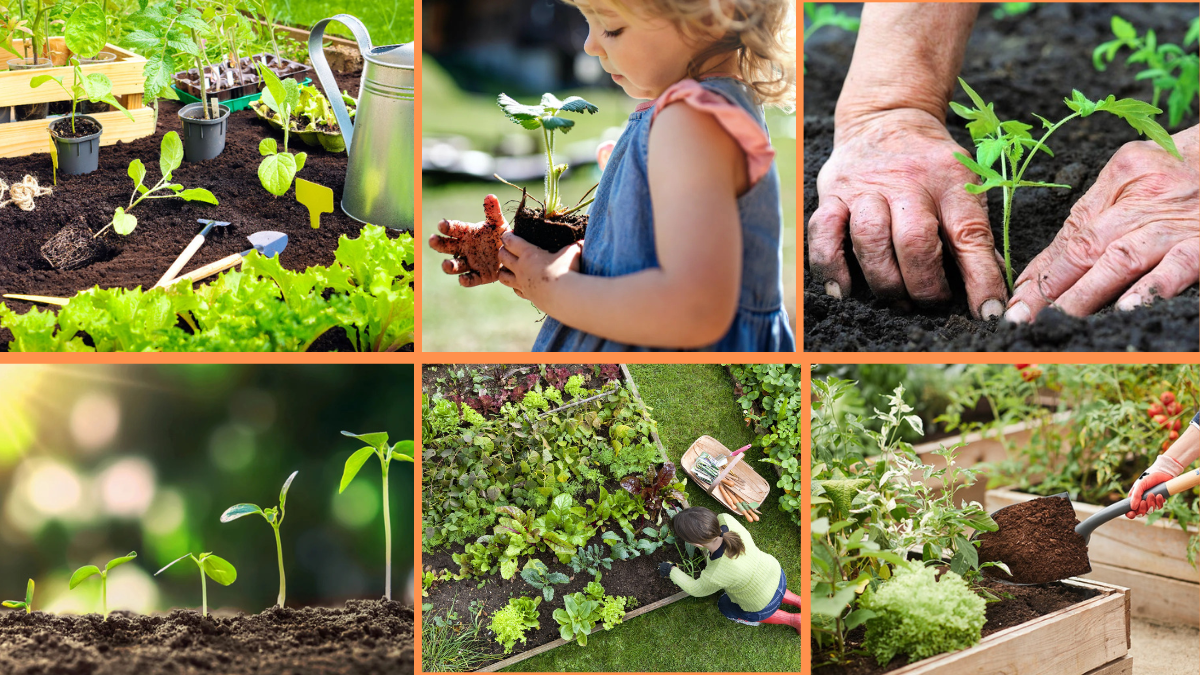There’s something deeply satisfying about tending to your own garden — watching tender shoots emerge, leaves unfurl, and flowers bloom. Whether you have a sprawling backyard or a compact balcony, starting your first garden is a rewarding experience that brings beauty, tranquility, and fresh produce into your life. If you’ve been dreaming of a lush green corner but don’t know where to start, you’re in the right place!
In this beginner’s guide, we’ll walk you through everything you need to know to successfully start your first garden — from choosing the right location to selecting plants and maintaining your garden space.
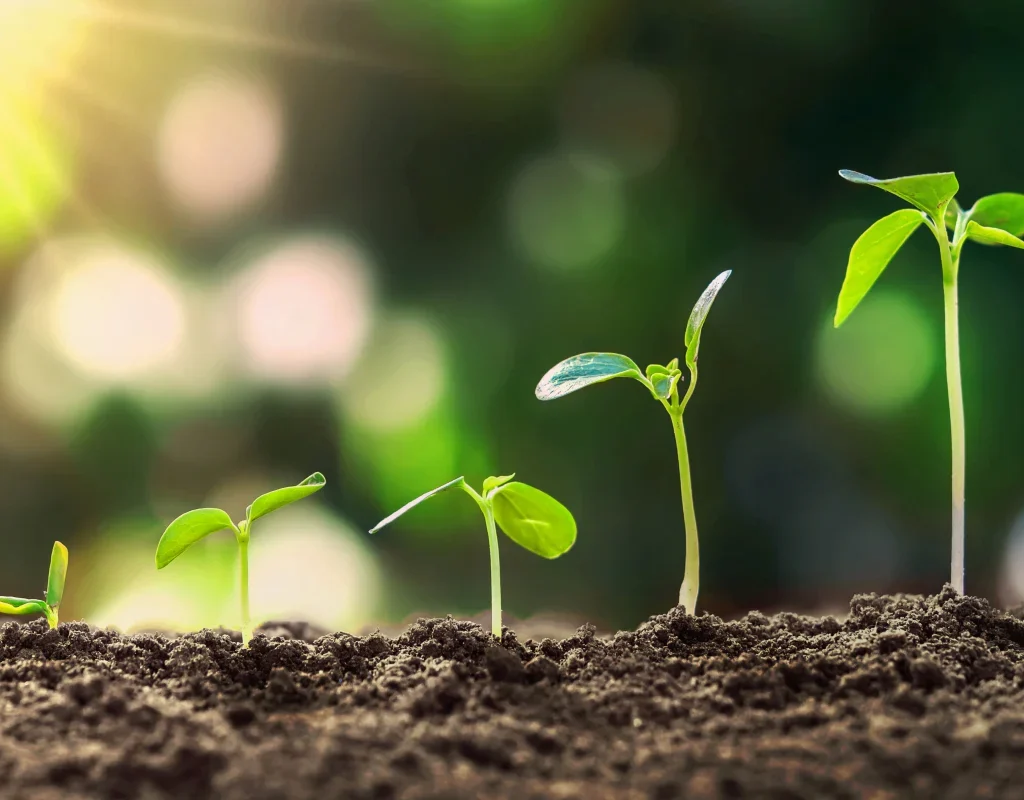
Why Start a Garden?
Before diving into the practical steps, let’s reflect on why gardening is such a wonderful hobby:
- Improves mental well-being: Gardening has been shown to reduce stress and promote relaxation.
- Provides fresh, organic produce: Grow your own herbs, fruits, and vegetables free from harmful chemicals.
- Beautifies your space: Flowers and greenery can dramatically enhance your home’s appearance.
- Supports the environment: Gardens promote biodiversity and attract pollinators like bees and butterflies.
Whether you’re drawn to edible gardens, ornamental flower beds, or simple container gardens, starting is easier than you might think.
Step 1: Choose the Right Location
The first and most important step is finding the ideal spot for your garden.
Key Factors to Consider:
- Sunlight: Most plants need at least 6-8 hours of direct sunlight daily. Observe your space throughout the day to identify sunny spots.
- Water access: Choose a location close to a water source for easy and consistent watering.
- Soil quality: Good soil is essential for healthy plants. Look for rich, well-draining soil with a crumbly texture.
- Protection from wind: Wind can damage delicate plants. A location with natural windbreaks like fences or shrubs is ideal.
Pro Tip: If you have limited outdoor space, don’t worry. Balcony, patio, and indoor container gardens can be just as rewarding.
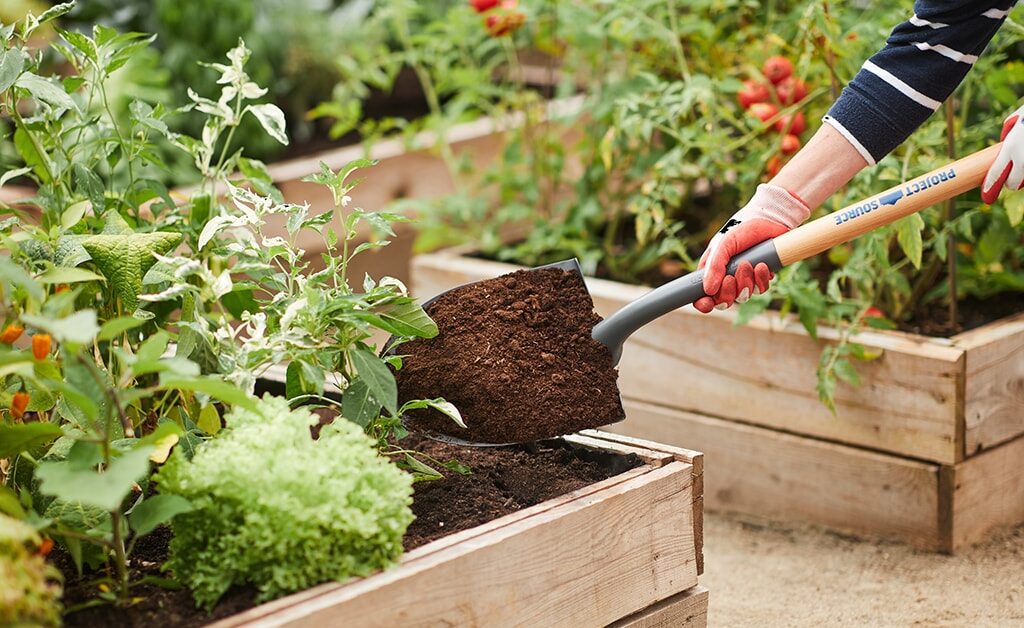
Step 2: Decide What You Want to Grow
With countless plant options, deciding what to grow can feel overwhelming. Start by considering your climate, space, and personal preferences.
Popular Options for Beginners:
- Vegetables: Lettuce, spinach, tomatoes, cucumbers, radishes, and bell peppers.
- Herbs: Basil, mint, rosemary, parsley, and chives.
- Flowers: Marigolds, petunias, zinnias, sunflowers, and pansies.
- Houseplants: Snake plant, pothos, spider plant, and peace lily for indoor gardening.
Tip: Focus on a small, manageable selection. It’s better to master a few plants than to struggle with too many.
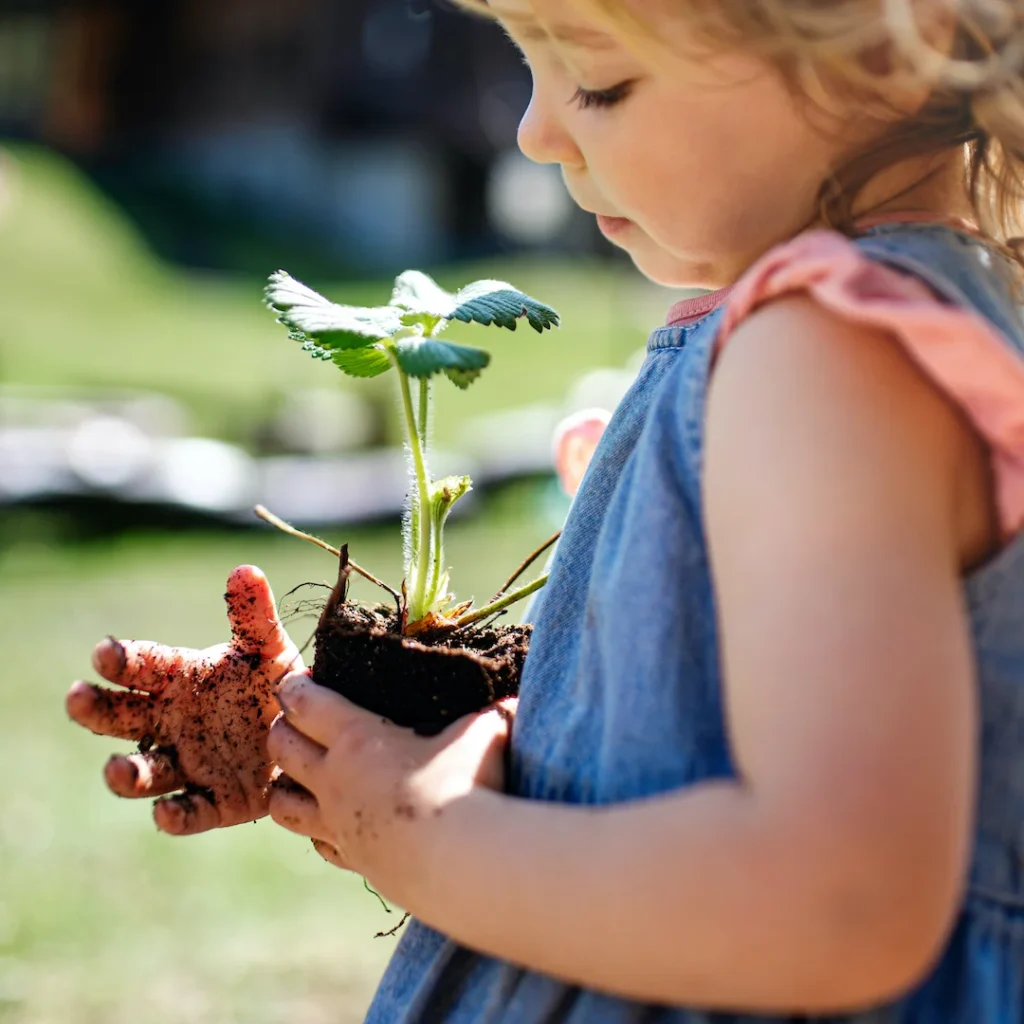
Step 3: Understand Your Soil
Healthy soil is the foundation of a thriving garden.
Check Your Soil Type:
There are several soil types — sandy, clay, loamy, and silty. Loamy soil is ideal because it retains moisture and drains well.
How to Test Soil Texture:
- Take a small handful of soil.
- Moisten it and roll it into a ball.
- If it crumbles, it’s sandy.
If it feels sticky and forms a ribbon, it’s clay.
If it holds its shape loosely, it’s loamy.
Improve Soil Quality:
Add organic matter like compost, leaf mold, or well-rotted manure to enrich your soil and improve its structure and fertility.
Step 4: Gather Your Gardening Tools
You don’t need a huge collection of tools to start — just a few basics:
- Hand trowel: For digging and planting.
- Garden gloves: To protect your hands.
- Watering can or hose: For regular watering.
- Pruning shears: For trimming and harvesting.
- Garden fork: For turning soil and removing weeds.
Optional extras include a spade, rake, and kneeling pad.
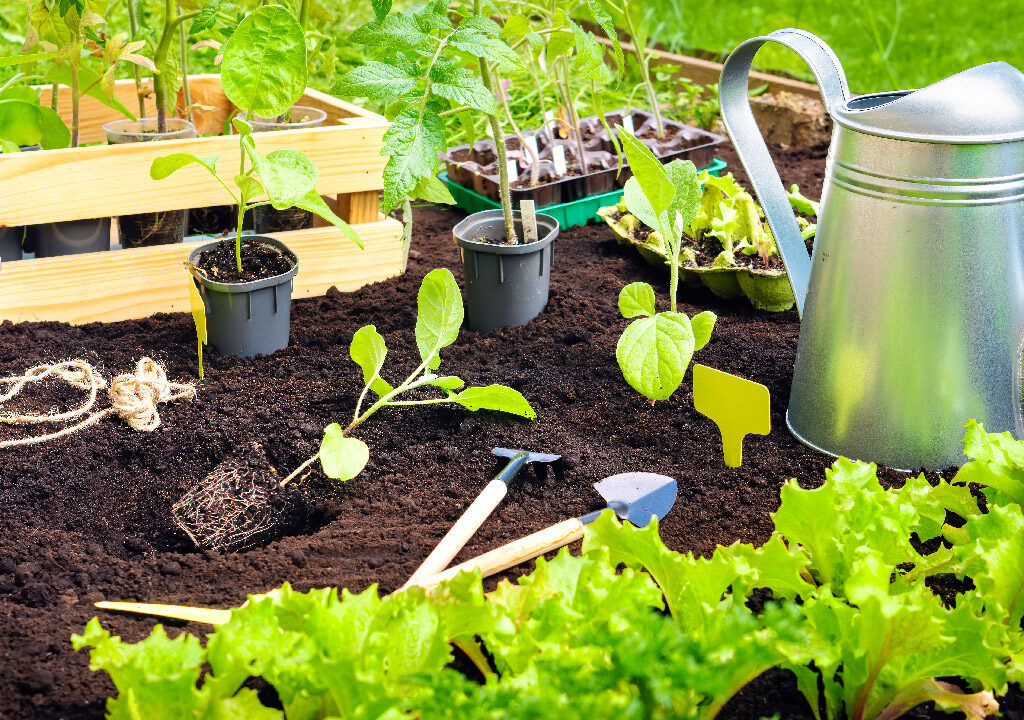
Step 5: Plan Your Garden Layout
A well-thought-out layout ensures plants have enough room to grow and access to sunlight and water.
Tips for Planning:
- Group plants with similar light and water needs together.
- Place taller plants at the back or center.
- Use containers for portability and space management.
- Leave pathways for easy access.
Sketch your garden plan on paper before planting — it helps visualize the space and prevents overcrowding.
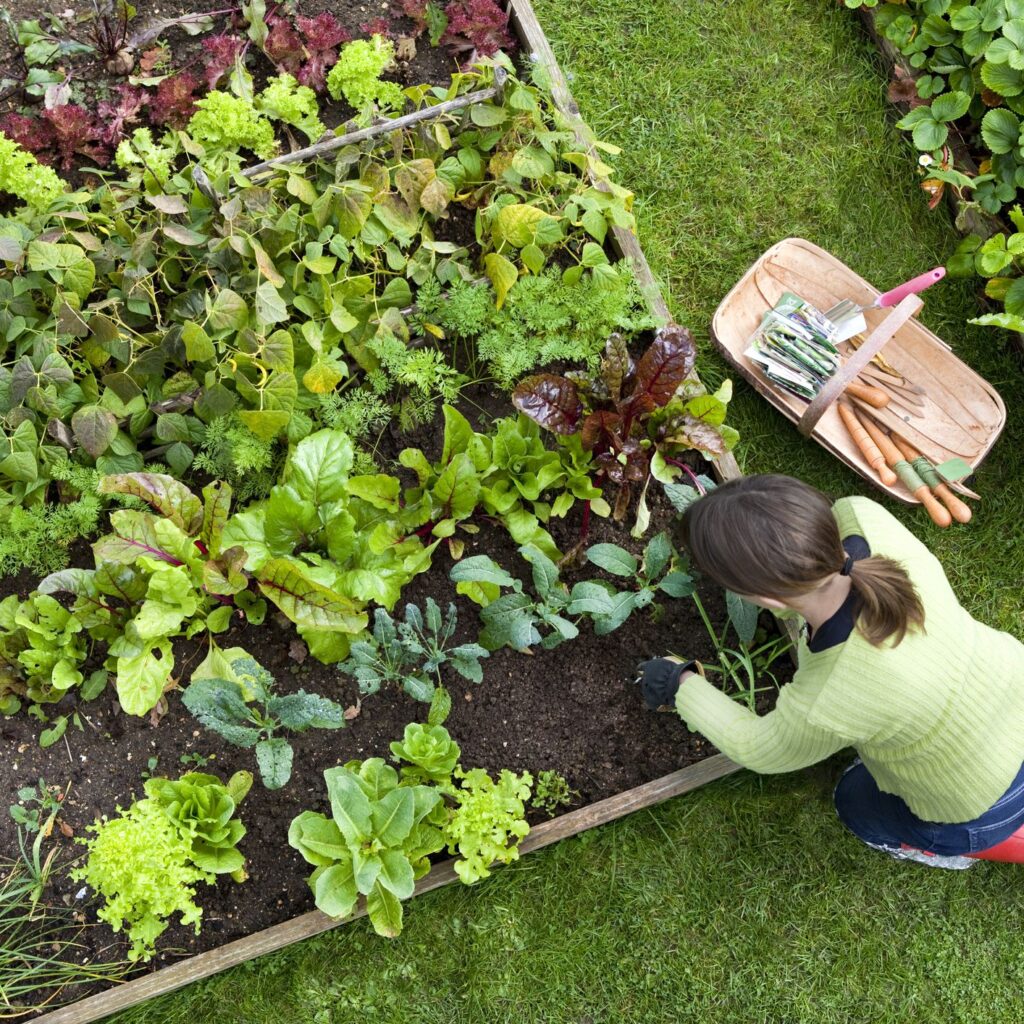
Step 6: Start Planting
Now for the fun part — getting your hands in the soil!
How to Plant:
- Follow spacing guidelines on seed packets or plant labels.
- Dig a hole twice as wide as the plant’s root ball.
- Place the plant in the hole and gently cover with soil.
- Water thoroughly after planting to settle the soil.
For seeds, sow according to packet instructions, typically covering them lightly with soil and watering gently.
Tip: Start with seedlings from a nursery for a head start, especially if you’re planting in mid-season.
Step 7: Water and Care for Your Garden
Regular care is essential for a thriving garden.
Watering Tips:
- Water early in the morning or late in the evening.
- Keep the soil consistently moist but not waterlogged.
- Check soil moisture by sticking your finger an inch deep — if it feels dry, it’s time to water.
Weeding and Mulching:
- Remove weeds regularly as they compete for nutrients.
- Apply a layer of mulch (straw, bark, or leaves) to retain moisture, suppress weeds, and enrich soil.
Fertilizing:
Use organic fertilizers like compost tea, fish emulsion, or slow-release granules to feed your plants every few weeks.
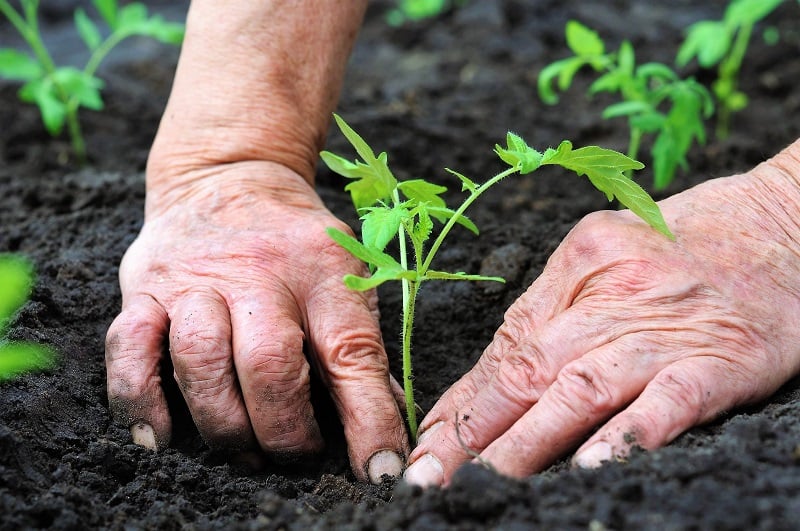
Step 8: Monitor for Pests and Diseases
Garden pests can quickly become a problem if left unchecked.
Common Issues:
- Aphids, caterpillars, and slugs nibble on leaves.
- Fungal diseases cause wilting, spots, or mold.
Natural Solutions:
- Hand-pick visible pests.
- Spray soapy water on affected plants.
- Use companion planting (like marigolds to deter aphids).
Avoid chemical pesticides, especially in edible gardens.
Step 9: Harvest and Enjoy
One of the greatest joys of gardening is harvesting what you’ve nurtured.
- Pick vegetables and herbs when they’re young and tender.
- Deadhead flowers (remove spent blooms) to encourage more blossoms.
- Regularly trim herbs to promote bushy growth.
Bonus: Keep a Garden Journal
Track what you plant, harvest dates, successes, and challenges. This helps you learn what works best in your environment and improve each season.
Final Thoughts
Starting your first garden is an adventure filled with learning, beauty, and satisfaction. Remember — you don’t have to get it perfect right away. Nature is forgiving, and every season offers new lessons.
Whether you choose a sunny vegetable patch, a colorful flower bed, or a charming balcony garden, the key is to start small, be consistent, and enjoy the process.
Happy gardening!
